My big vegan baking guide covers everything you need to know in order to make delicious plant based treats that are egg and dairy free. Find out more below.
When to use plant based alternatives
Whenever I post a new vegan cake, cookie or other baked confection I feel the need to explain why the recipe works without the need for butter or eggs. But, I realise that as long as it works, 9/10 you don't really care why! You just want to be able to put a delicious tasting treat on your table.
However, sometimes you might be looking at one of my older recipes and wondering how you can swap out the dairy or perhaps you're just wanting to tweak another recipe you've found. In my big guide to vegan baking I will go through some of the most common substitutes explaining when you might want to choose one over the other.
These substitutes aren't just for anyone following a vegan diet or lifestyle, they are also a fantastic way of making your cakes and cookies suitable for anyone with a milk or egg.
If you have any questions please don't hesitate to ask and I will respond in the comments. I hope it helps!
Butter / fat substitutes
There's are lots of non-dairy butter alternatives on the market. Flora is my favourite for a really rich, buttery taste but Naturli also gets rave reviews.
When using non-dairy butter, do be mindful whether the recipe calls for softened butter (in which using a spreadable substitute will be fine) or if it uses a block or sticks of butter. This is usually the case in pastry recipes.
Trex is a great substitute for when "shortening" or lard is required for a recipe. I use it in my vegan pastry.
There's no need to adjust weights or volumes in your recipe, these suggestions are all a direct replacement for butter/fat in the recipe.
Egg substitutes
Eggs perform a wide range of different functions in recipes - they can be there to bind ingredients, provide rise to the bake or even to add colour and flavour. Because of this, there's no single magic ingredient that you can use to replace eggs every time. You can find commercial egg replacers on the market but they are expensive and can't picked up in the shops as easily as a banana or flax seed. With that in mind, I've set out a range of options below which will help you swap out eggs for good.
Whole egg
For quiches, custards and batters
Silken tofu is great option, particularly where a large amount of eggs are required, as it has a "set egg" like texture. I like to use silken tofu for quiches.
For custards and other sauces thickened with egg you can simply use cornflour. If you're worried about your custard looking too pale you can always add some food colouring or a pinch of turmeric. Chickpea flour (also known as gram flour) is also a great way to replace eggs in batters that you might use for pancakes or french toast.
1 egg =
- 65 grams of silken tofu
- 1 tablespoon of cornflour
- 3 tablespoon + 3 tablespoon water
For use as a binding agent
There are a wide range of options if eggs are in the recipe just to help bind the ingredients together. Banana, applesauce and flaxseed are some of the most popular.
1 egg =
- ½ a mashed banana
- 65 grams applesauce
- 3 tablespoon peanut butter (or other nut butter)
- 1 tablespoon of ground flax seed blended with 3 tablespoon water
- 1 tablespoon of chia seeds mixed with ⅓ cup of water
For use as a leavening agent
If you need to get some lift from your eggs, this is where commercial egg replacers come in really handy. But, you can also use bicarbonate of soda (aka baking soda) and vinegar in cake recipes to get extra rise.
1 egg =
- 1 teaspoon vinegar and 1 teaspoon bicarbonate of soda
- the amount specified on the packet of egg replacer! Each brand will be different.
Egg yolk only
Recipes usually call for just egg yolks when it's to enrich a dough or to add colour as a glaze. To enrich a dough simply use more butter and a high fat plant/nut milk. As a glaze on pastries or breads, simply use plant milk instead.
Egg white only
The best egg white substitute is aquafaba (aka the water you get in a tin of beans or chickpeas!)
You can buy aquafaba in cartons these days but it can be incredibly expensive. Instead, everytime you use a tin of chickpeas or beans, keep the water and freeze it for later! I like to freeze it in ice cube trays so that I can use just one cube at a time as often you don't need a lot.
I've used aquafaba to make meringue kisses and royal icing but it can be used for a whole range of different scenarios where the recipe calls for just egg whites.
1 egg white =
- 2 tablespoon of aquafaba.
Milk substitutes
There are tonnes of plant and nut milks on the market these days so swapping milk for a vegan alternative is very straightforward. If I want a neutral flavoured milk my go to is oat milk. But, sometimes I like to use hazelnut or almond milk if it would compliment the other flavours in the recipe. For enriched doughs I like to use a plant milk with a high fat content like coconut milk.
There's no need to adjust weights or volumes in your recipe, these suggestions are all a direct replacement for milk in the recipe.
Cream substitutes
We are lucky that companies such as Elmlea and Oatly have developed plant based cream substitutes. Elmlea even offer single and double cream, the latter being fantastic for whipping as it holds its shape incredibly well. You can see it in action on top of my vegan Pumpkin Pie and my Rum Babas.
Single cream can also be made by adding fat to plant or nut milk.
100ml cream = 75 millilitres of soy milk mixed with 25 millilitres of melted dairy-free butter or vegetable oil
Double cream or whipping cream can be replaced with coconut cream or cashew cream.
Yogurt / buttermilk substitutes
Dairy-free yogurts are readily available in supermarkets and you can even get Greek yogurt substitutes!
Buttermilk for use in muffins and pancakes can be made by mixing soy milk with either apple cider vinegar and lemon juice. When whisked well and left to curdle it's the perfect, slightly acidic, substitute.
100ml buttermilk = 100ml soy milk + 1 teaspoon apple cider vinegar or lemon juice left to curdle
Cream cheese substitutes
There are lots of dairy-free cream cheese substitutes on the market. Cashew cream can also be made by soaking cashews in water for at least 1 hour, draining and then blitzing on high until creamy and smooth. I used cashew cream in these Mini Baked Orange and Ginger Cheesecakes.
Honey substitutes
Maple syrup has to be my favourite vegan honey substitute. It's not as thick so you do need to be mindful that it will make a recipe more funny than honey would. Agave is another substitute that works really well.
The closest possible substitute however is Dandelion Honey. This is a thick syrup infused with dandelion heads, vanilla and lemon for a floral flavour. It is incredibly similar to the real deal!

My vegan baking recipes (40+!)
I have TONNES of vegan cookies, cakes, pies and other baked treats on this blog. Some of my favourites are set out below:
Vegan cakes
- Battenberg
- Birthday Cake
- Blood Orange and Pistachio Cake
- Blueberry Muffins
- Carrot Cake with "cream cheese" frosting
- Classic Brownies
- Cherry and Almond Cake
- Christmas Cake
- Chocolate & Cherry Cake
- Chocolate Fudge Cake
- Chocolate Rice Krispie Nests
- Sticky Ginger Cake
- Halloween Pumpkin Spice Cake
- Lemon Drizzle
- Mince Pies
- Mini Birthday Cake
- Olive Oil Cake
- Peanut Butter Brownies
- Yule Log
Vegan desserts
Vegan cookies & biscuits
- Almond Snowball Cookies
- Carrot Cake Cookies
- Chocolate Chip Cookies with tahini and sea salt
- Chocolate Dipped Walnut Shortbread
- Ginger Biscuits
- Mini Egg Cookies
- Peppermint Creams
- Sour Cherry & Pecan Florentines
Vegan breads
- Apple and Walnut Soda Bread
- Apple Scones
- Basic Sourdough for Beginners
- Finger Doughnuts with custard and jam
- Flour Tortillas
- Hot Cross Buns
- Orange and Cranberry Buns
- Rainbow Bagels
- Sourdough Babka with chocolate hazelnut filling
- Wild Garlic Scones
Pin it for later
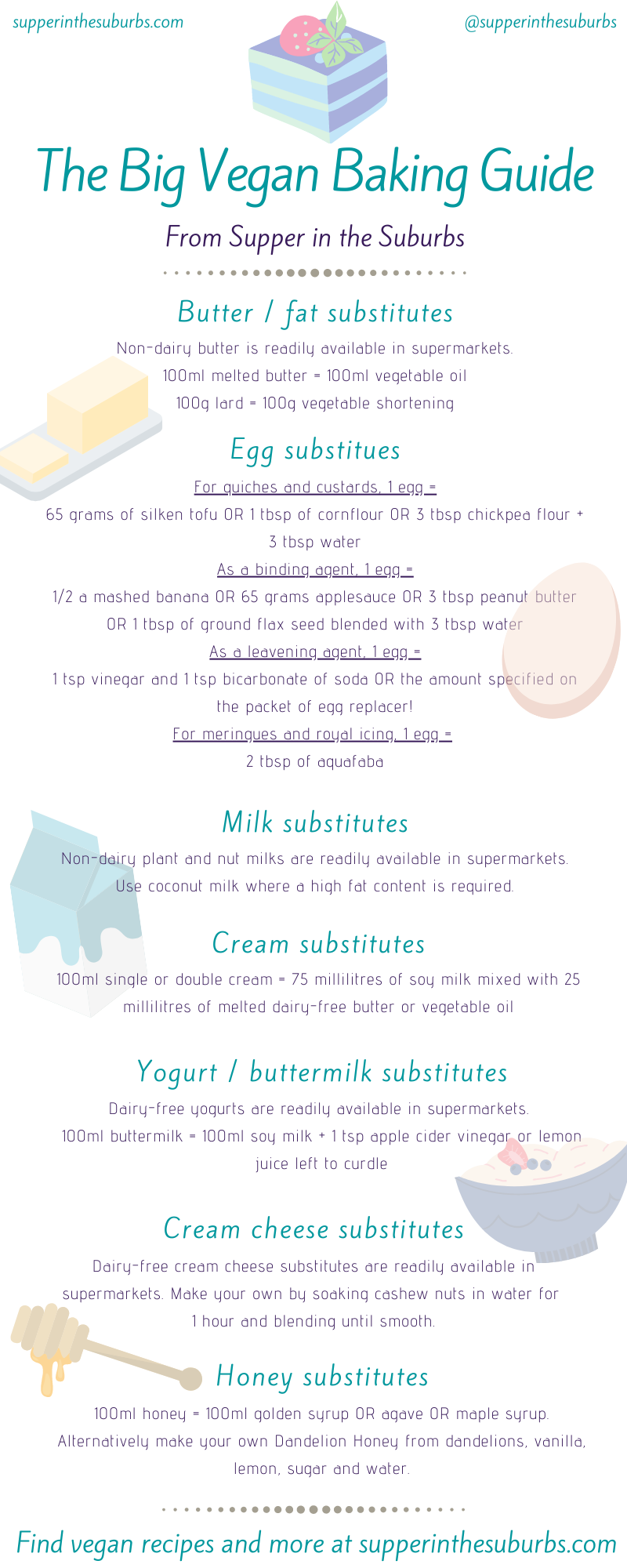

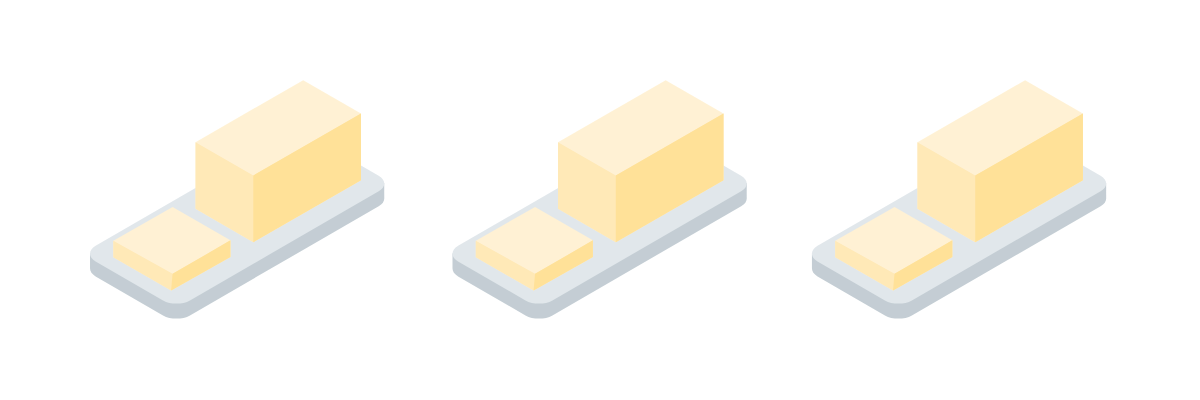
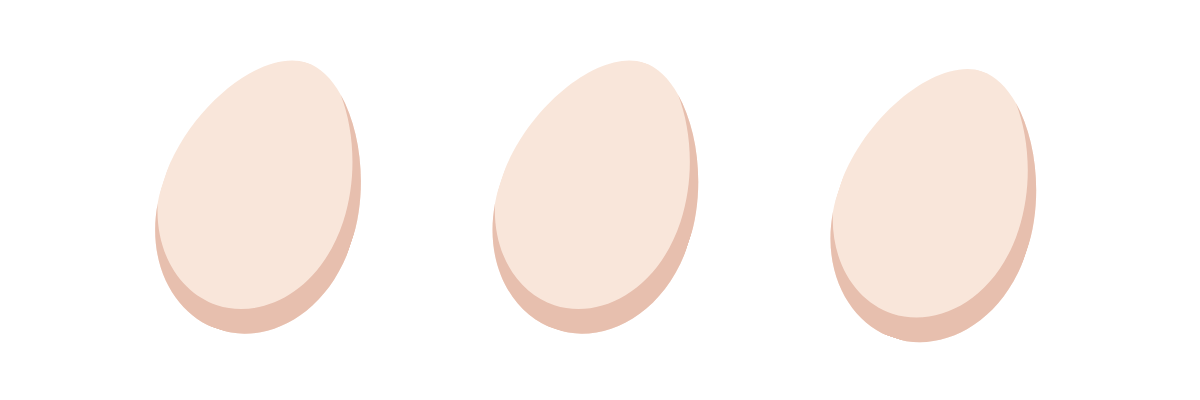

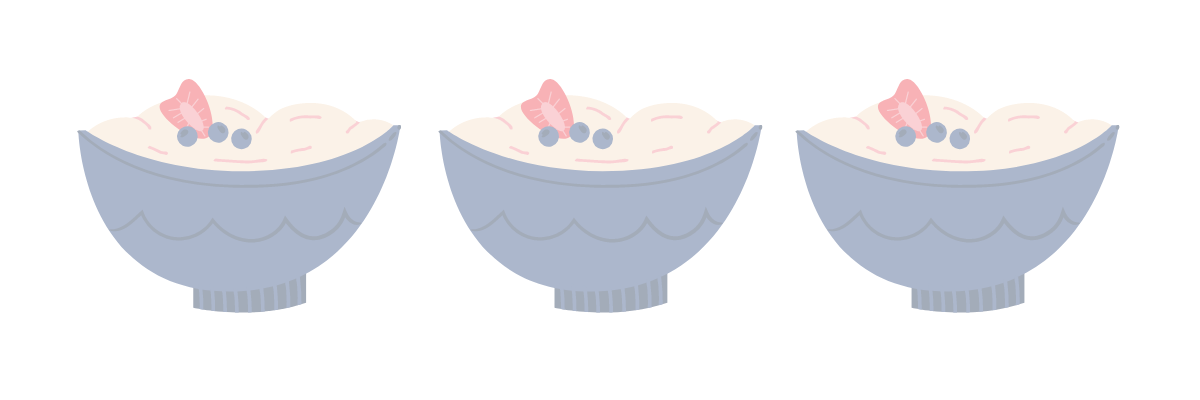
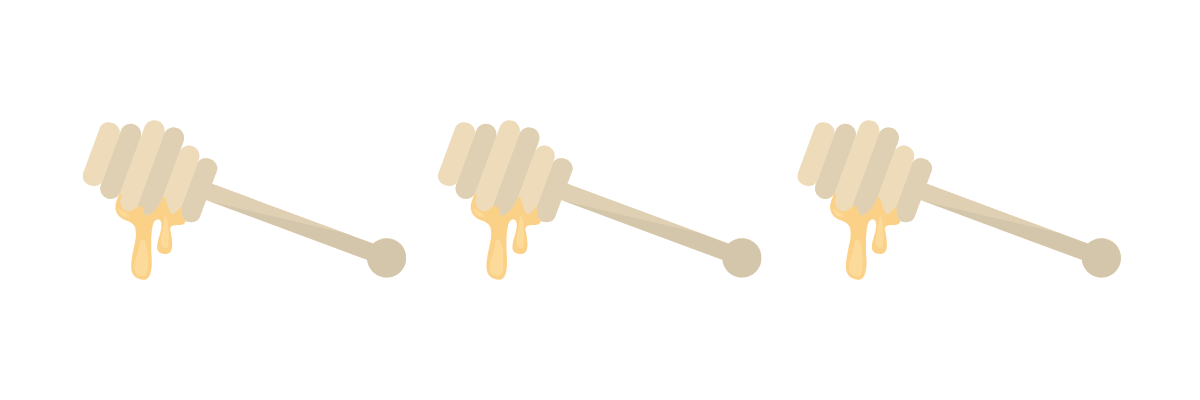
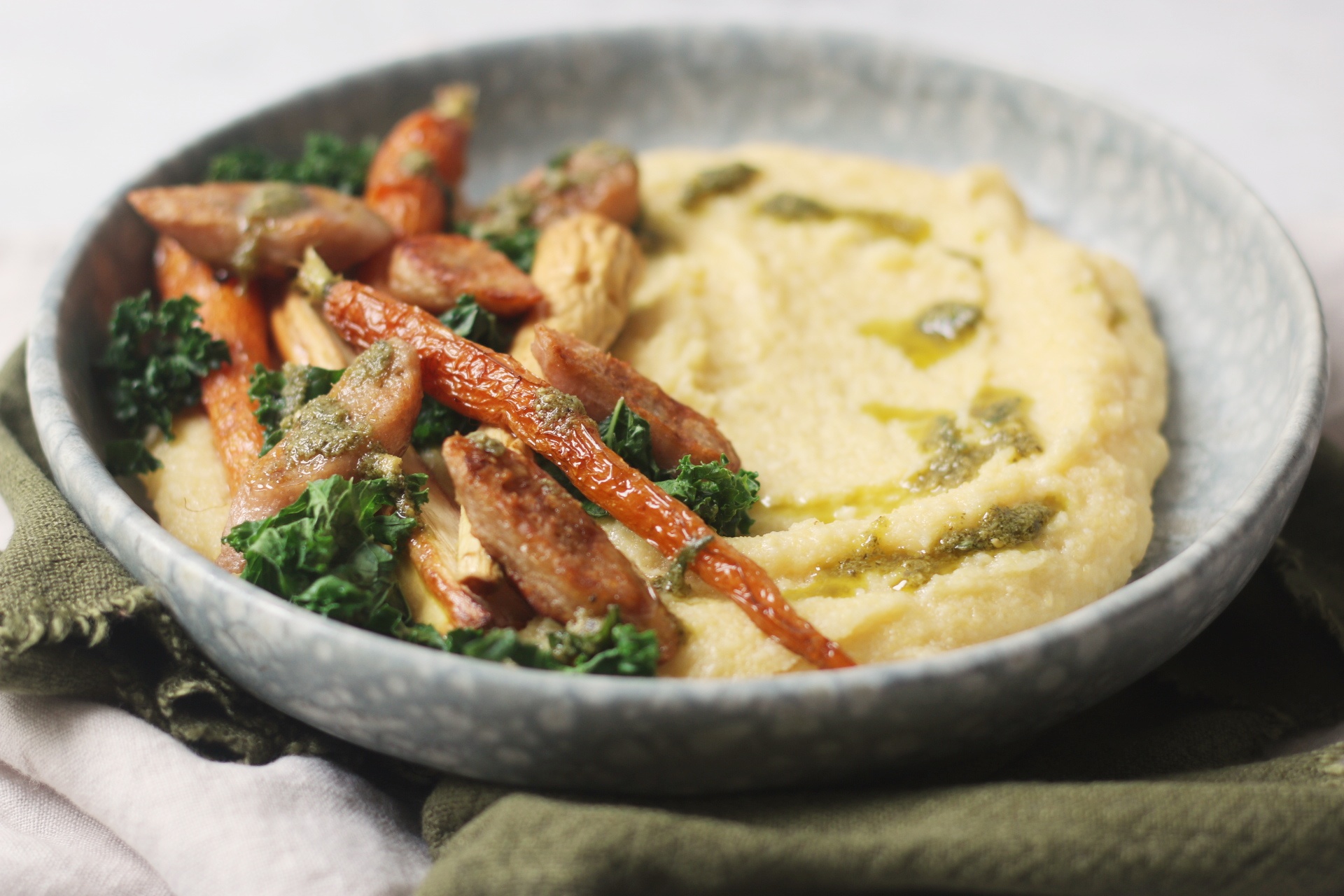
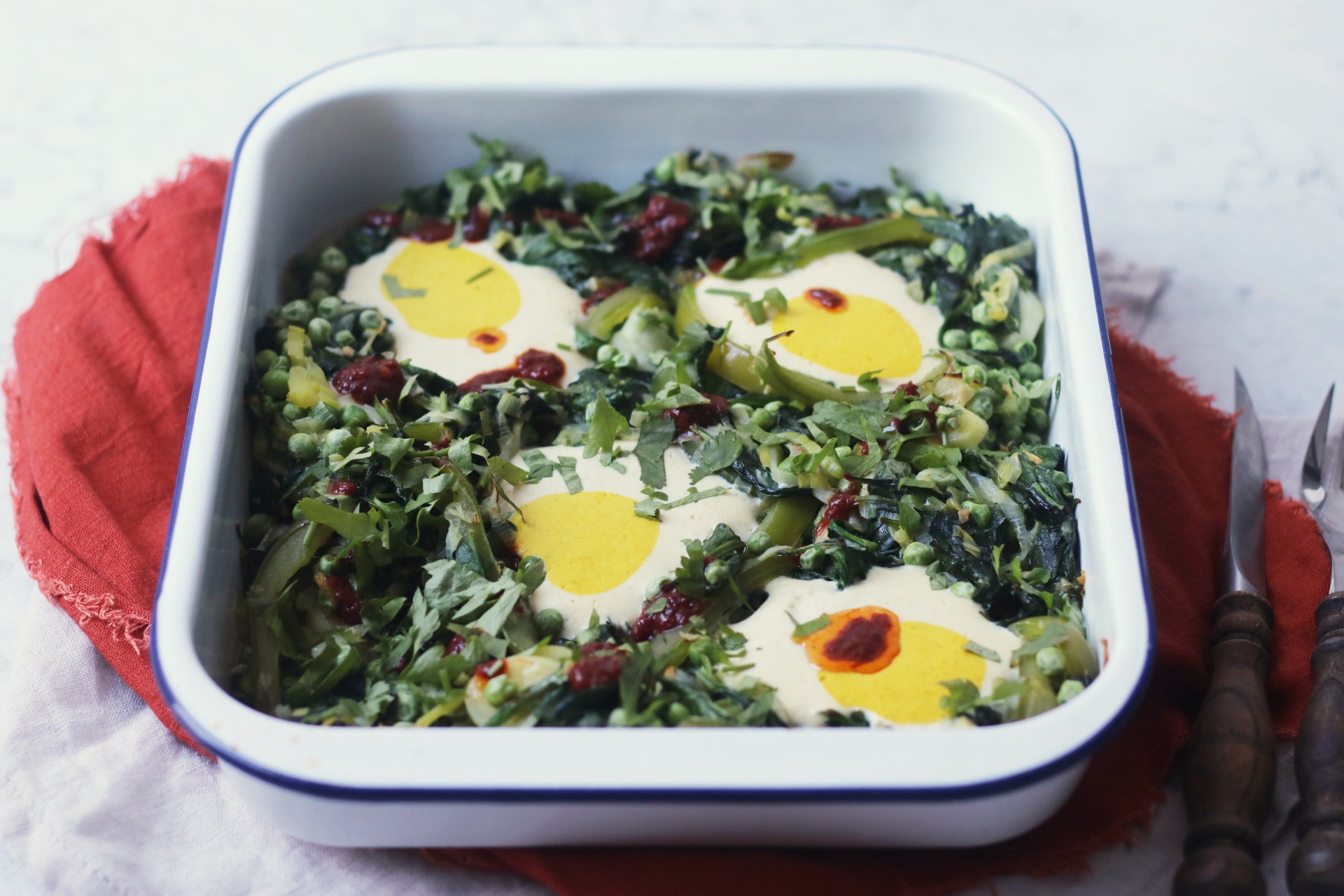
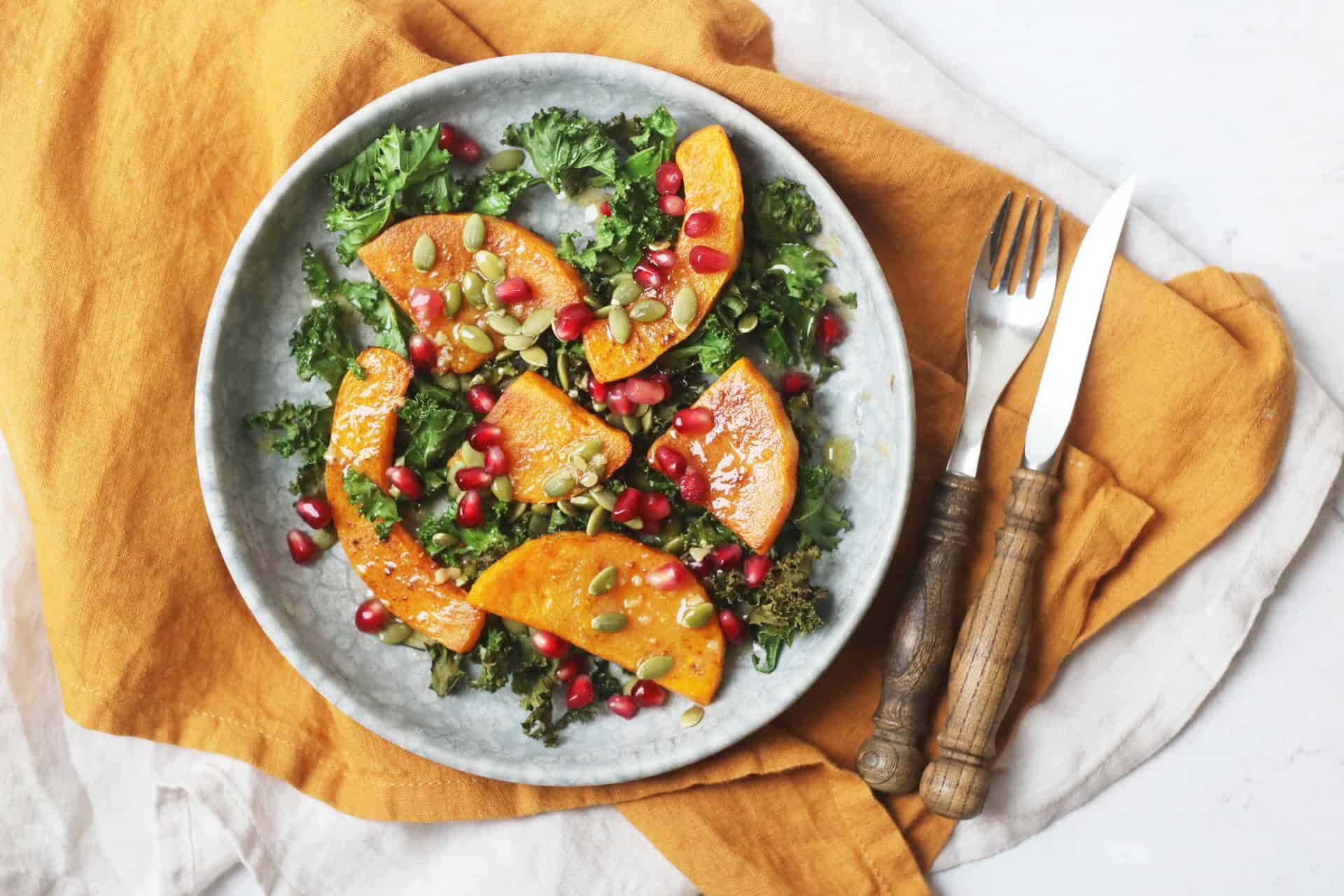
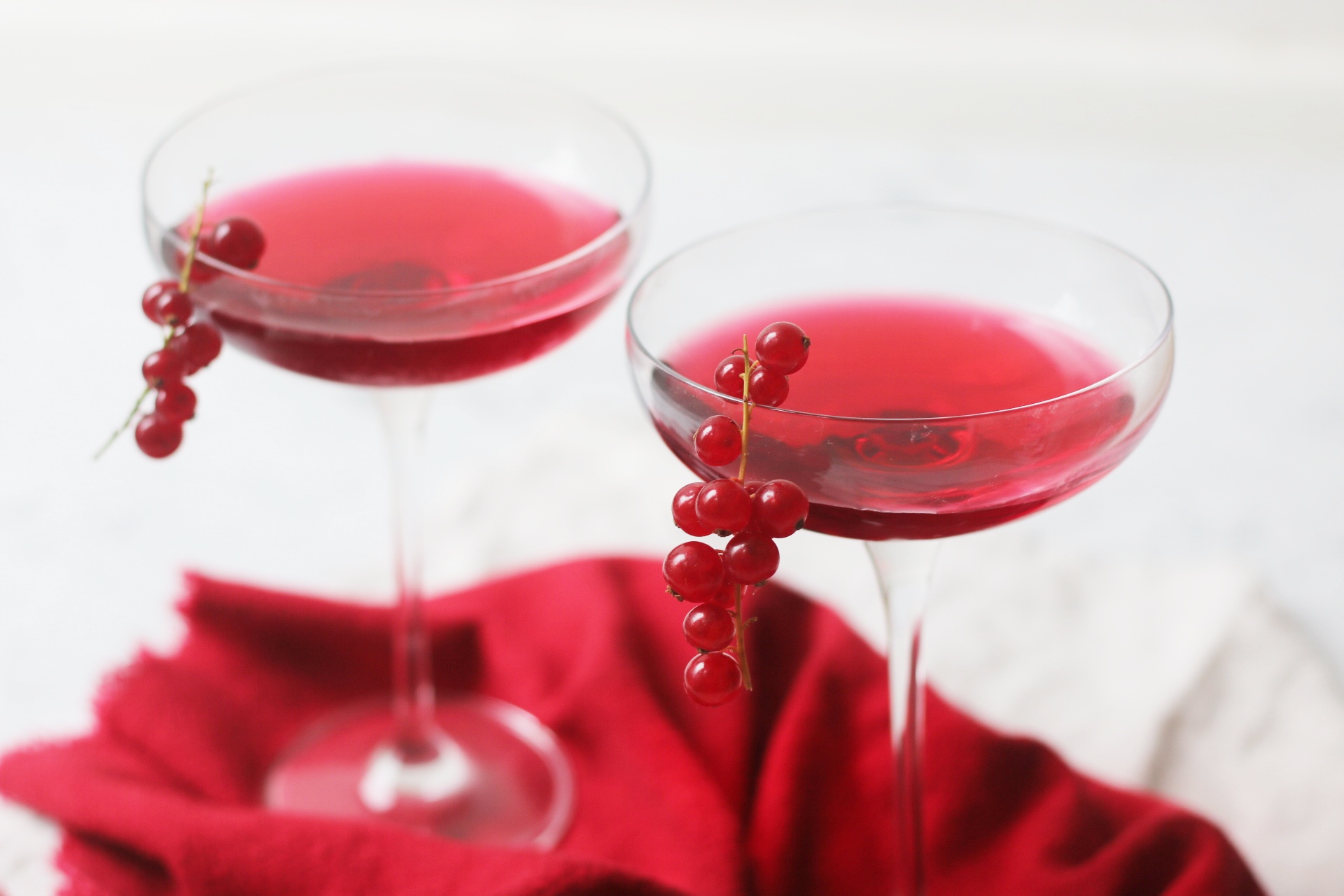
Leave a Reply